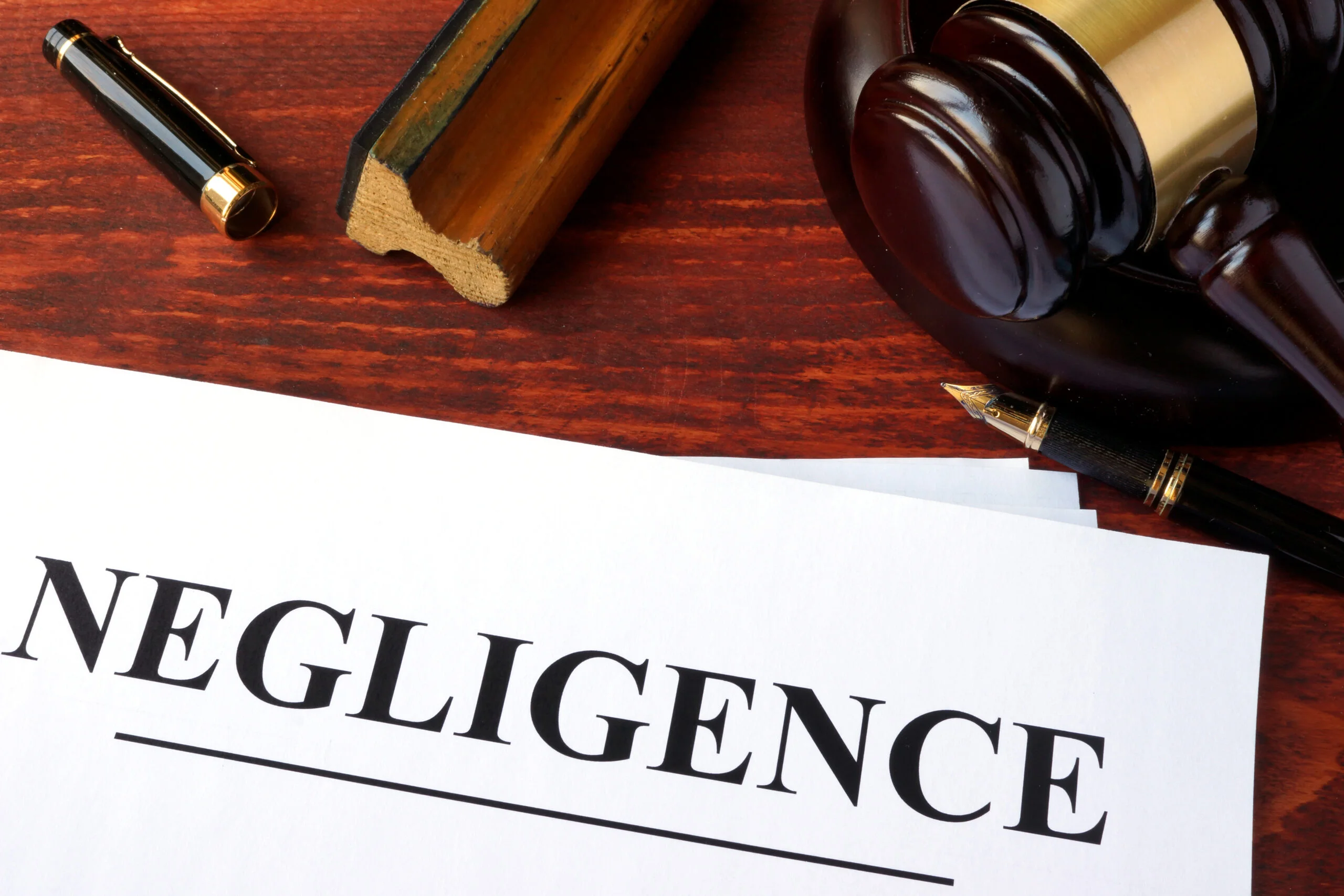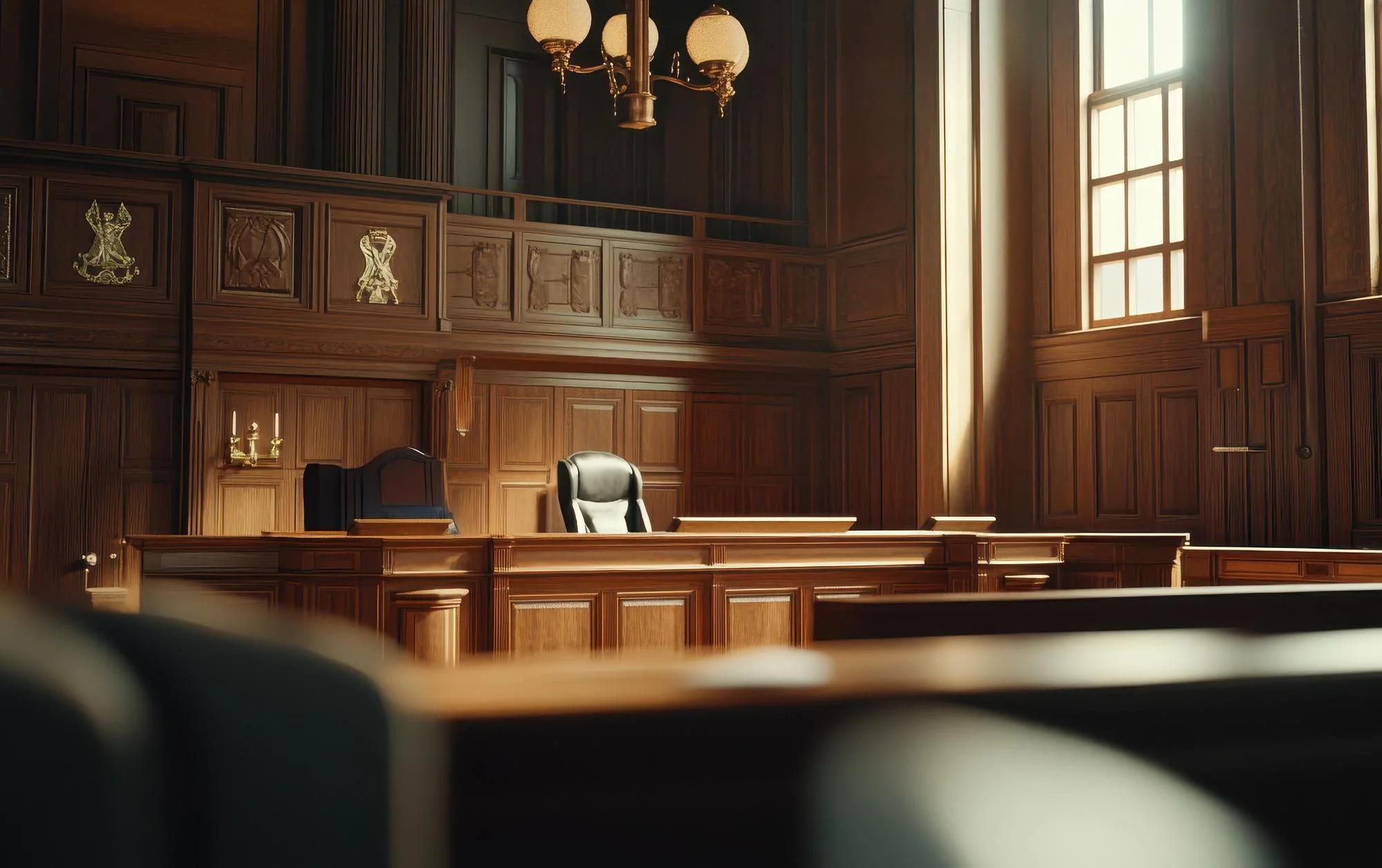Per se is a Latin phrase meaning ‘in itself’. In the context of tort law, the phrase ‘negligence per se’ is used when negligence is determined based on whether the defendant violated the law. There are many statutes and legal regulations that are created in the interest of public safety and therefore automatically create a duty of care. There are some situations where negligence per se may not apply even if the defendant did violate such a law. Statute 15 of the Third Restatement of Torts allows for the following defenses:
- The law itself was not clear and understandable
- The defendant made reasonable efforts to follow the law
- Following the law would have caused more harm than breaking it
Negligence Per Se in Personal Injury Lawsuits
In a personal injury claim, the plaintiff must prove that their injuries were caused by the defendant breaching a duty of care owed to them. If a law is put in place to prevent people from being harmed, then we have a duty of care to each other to follow that law and keep each other safe. Therefore, if someone breaks that law, then they have automatically breached that duty of care. If someone is then harmed because of that breach, the person who was harmed may have a valid personal injury claim. Negligence per se is often argued in these instances. A good negligence per se example is seen in personal injury cases involving car accidents where a traffic violation results in the driver responsible for the accident being guilty of negligence per se.
Difference Between Negligence and Negligence Per Se
Regular negligence occurs when someone behaves in a way that breaches their duty of care to someone else. This could mean taking reckless actions such as letting an aggressive dog wander the neighborhood. It could also mean carelessly failing to act such as a shop owner not cleaning slip hazards or putting out warning signs. In cases involving regular negligence, the burden of proof is on the plaintiff to show that the actions or inactions of the defendant were a negligent breach of their duty of care. In cases involving negligence per se, the violation of law is automatically proof that the defendant breached their duty of care.
What Does a Plaintiff Have to Prove in a Negligence Per Se Personal Injury Claim?
Showing that the defendant was negligent is only one of the things a plaintiff would have to prove for a successful personal injury claim. When dealing with negligence per se, they must also prove that:
- The defendant did in fact violate the law
- The purpose of the law or regulation was to prevent harm
- The plaintiff was entitled to protection under that law
- The violation of the law directly caused the injury
It is important to note that the accident or injury suffered by the plaintiff must also fall under the type of harm that the law was created to prevent. If the defendant is convicted of a crime, this can be used to prove that the violation occurred but may not prove the other necessary factors.
Examples of Negligence Per Se
Many of the most commonly seen examples of negligence per se involve traffic violations, including but not limited to:
- Driving over the speed limit
- Driving under the influence
- Ignoring stop signs or red lights
- Ignoring crosswalk indicators
- Texting while driving
Other law violations that may result in a negligence per se personal injury claim may include:
- Building code violations
- Health code violations
- Public discharge of a firearm
- Fireworks in residential areas
- Improper disposal of toxic chemicals
- Performing surgery without consent
Variations of Negligence Per Se
Some states have their own different regulations for how negligence per se cases are handled. This may include the extent to which negligence per se establishes or confirms liability. The defendant may be allowed to present their own evidence to show that they acted reasonably even if that meant technically violating the law.
Negligence Per Se in California
California Evidence Code 669 details the particulars of negligence per se under state law. While the violation of a law creates a presumption of negligence, the defendant does have the opportunity to rebut the claim. A valid rebuttal to an accusation of negligence per se would be to prove that they acted reasonably under the circumstances even if they acted in violation of a law. Another way negligence is established in California is by ‘res ipsa loquitur’ which means ‘the thing speaks for itself’. This is when negligence is inferred by the circumstantial evidence of the case. In these events, circumstantial evidence may reveal that a plaintiff’s actions that violated the law may have been the most reasonable action to take under the circumstances.
How is the Presumption of Negligence Per Se Rebutted?
California state law allows the accused to defend themselves against a claim of negligence per se. The burden of proof is on them to show that their violation of the law was not in fact negligence. Rebuttals against a claim of negligence per se can include:
- Violating the law was reasonable for the situation
- The defendant made every attempt to comply with the statute or regulation
- The defendant had no way of knowing about the law
- The defendant had a disability that prevented them from complying with the law
- The defendant was a minor and acted reasonably for their age group
- Complying with the law would have caused more harm than the violation
Can A Defendant Have a Valid Defense in a Negligence Per Se Case?
There are also various defenses that can be raised against negligence per se in a personal injury claim. If the defendant can prove that they did not in fact violate the law, then negligence per se does not apply. It is also possible that the plaintiff was not someone that the law was created to protect. In this case, the defendant did not breach a duty of care to them by violating that law. Similarly, if the plaintiff did not suffer damages, or if the violation of the law was not the cause of the plaintiff’s damages, then the negligence per se would not apply.
Do You Need a Personal Injury Lawyer for a Negligence Per Se Claim?
It is not mandatory for a plaintiff to have an attorney in order to open a personal injury claim. However, it may be in your best interest to hire one anyway. A personal injury lawyer can help you navigate the legal system and will fight for you every step of the way. Their professional knowledge of the law is also a strong asset when dealing with negligence per se claims. They understand the laws and how they are meant to be applied, giving you an advantage in building a strong case.
Contact Mesriani Law if You Have Been Injured Due to Someone Else’s Negligence
The legal system can be a complex and frustrating world for people who do not work inside of it. It is not something that anyone should have to face alone, especially while trying to recover from an injury. You deserve someone in your corner who is dedicated to fighting for you and your rights. Our attorneys have the knowledge and experience necessary to give you the best chance at a positive outcome for your personal injury claim. If you have been injured because someone else violated a law meant to protect you, call Mesriani Law Group today for a free consultation.
Negligence Per Se FAQs
What is the negligence per se rule?
In personal injury cases, one of the factors that the plaintiff must prove is that the defendant was negligent in their actions. The term ‘negligence per se’ means negligence in itself, indicating that the actions are considered inherently negligent without the need for additional proof. In tort law, this applies to instances where the defendant violated a law that was created to prevent the type of harm that was caused. If the violation of that law was the cause of the incident and the plaintiff is someone that the law was designed to protect, the defendant may be considered negligent per se.
What is an example of negligence per se case?
The most commonly seen examples of negligence per se involve traffic violations such as:
• Sam drives twice the speed limit in a school zone and hits a student.
• Alex runs a red light and crashes into oncoming traffic.
• Max is texting while driving and rear ends another car.
• Ariel drives while drunk and causes an accident.
Other examples of negligence per se can include:
• Taylor is a contractor who does not follow building codes which results in an electrical fire.
• Al owns a cafe and does not adhere to health codes and gives customers food poisoning.
• Jo sets up a backyard shooting range and a stray bullet hits a neighbor.
• Nick lets their dog roam off leash, and it bites someone.
What are the excuses for negligence per se?
There are some situations where a claim of negligence per se may be rebutted or defended against.
• Cam performs surgery on a patient without consent because the patient would have died if they waited.
• Evan breaks the speed limit while rushing a friend to the hospital during a heart attack.
• Angel swerves into oncoming traffic to avoid hitting a child who ran into the road.
• Pat makes every effort to drive carefully in the rain, but the car hydroplanes and they are unable to stop at a red light.








